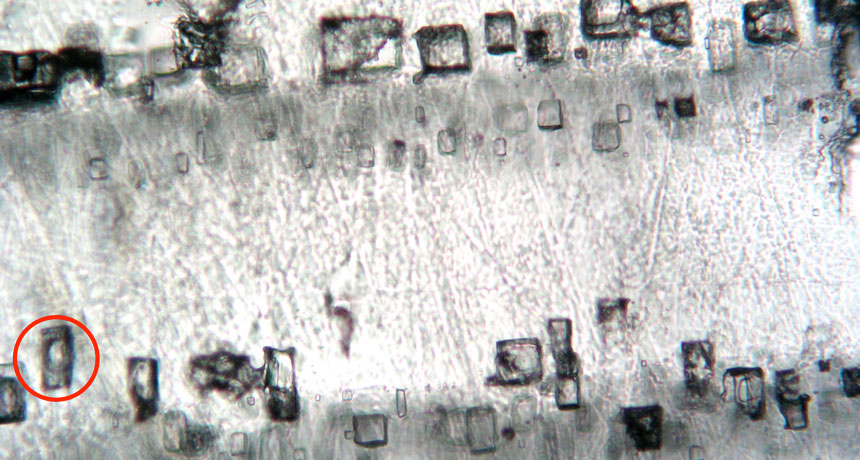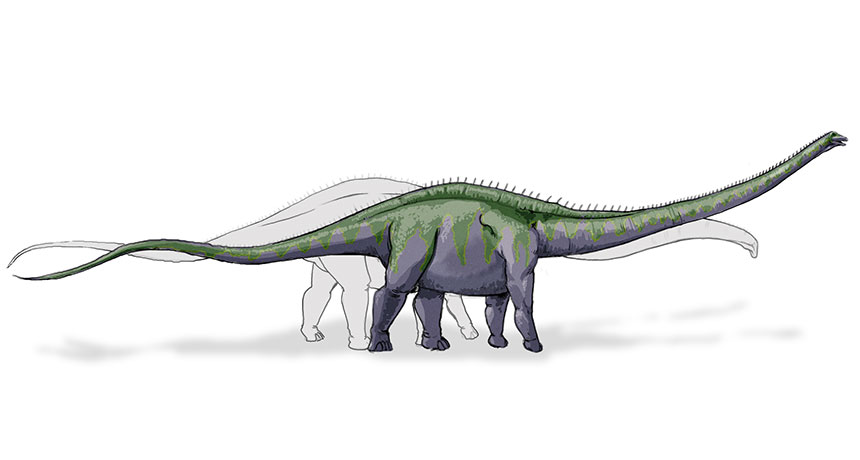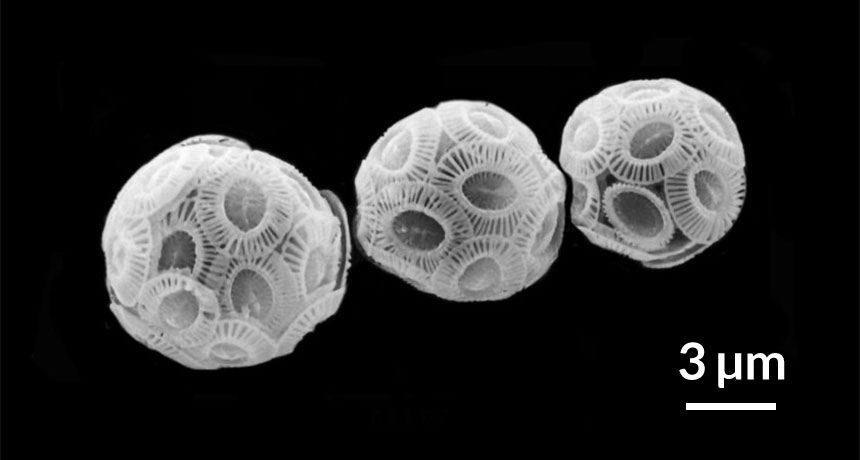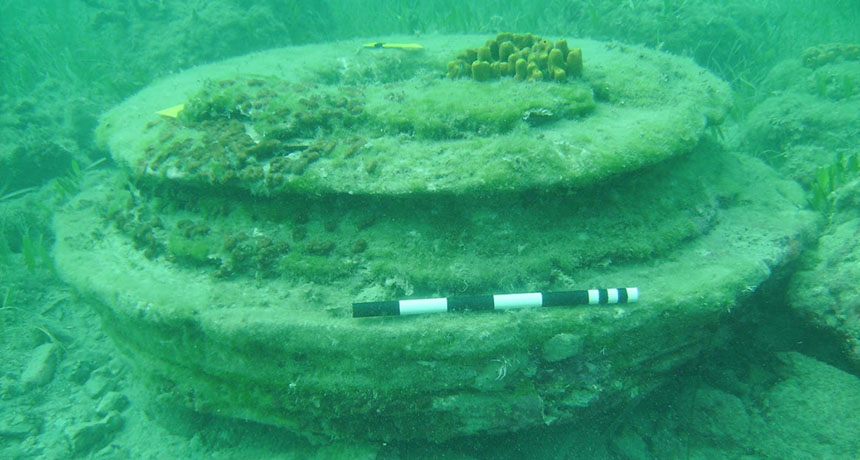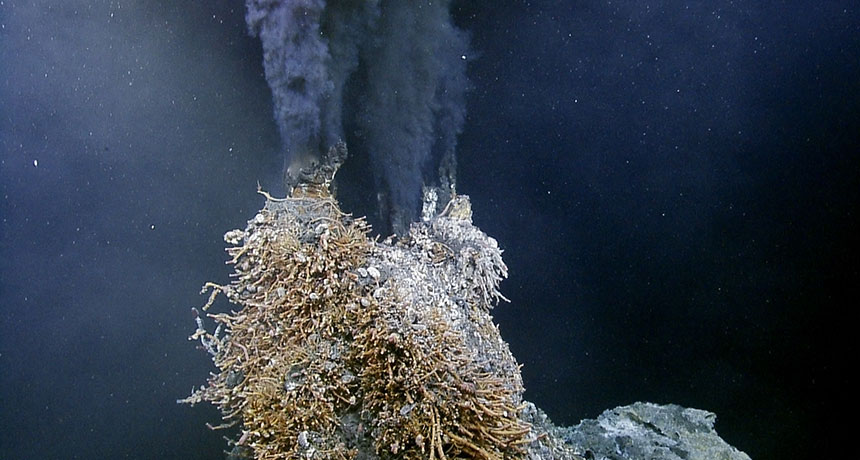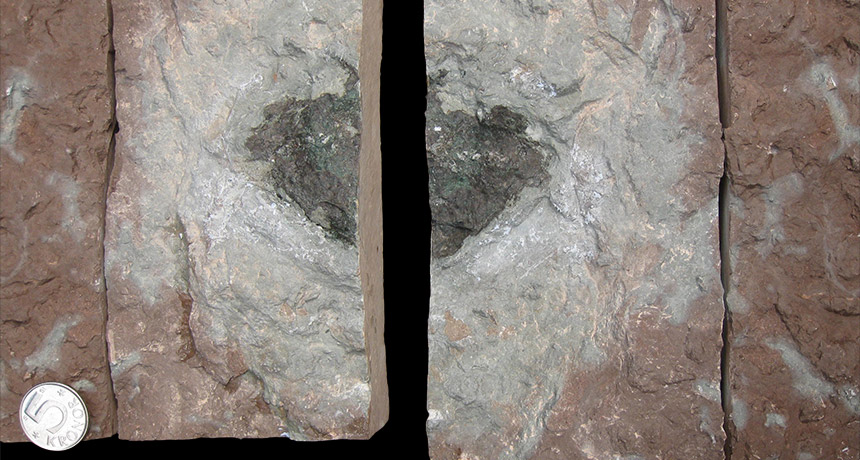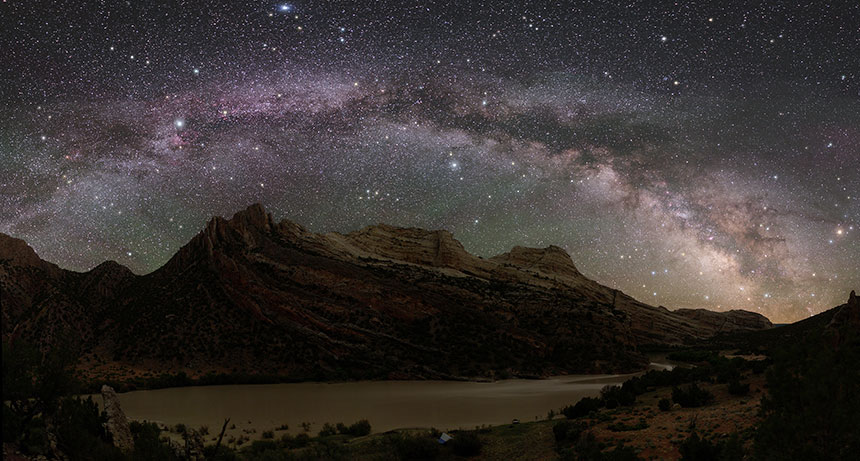Winning helium hunt lifts hopes element not running out
Science News, June 2016
The world’s known helium reserves just ballooned. Applying gas-finding techniques from the oil industry, scientists uncovered a vast reservoir of more than a trillion liters of helium gas beneath Tanzania. That’s enough to satisfy the world’s helium needs for around seven years, the researchers announced June 28 at the Goldschmidt Conference, a geochemistry meeting being held in in Yokohama, Japan. The find may allay fears that a global helium shortage will hit when the U.S. Federal Helium Reserve — currently the world’s largest helium source — runs dry within the next few years.
